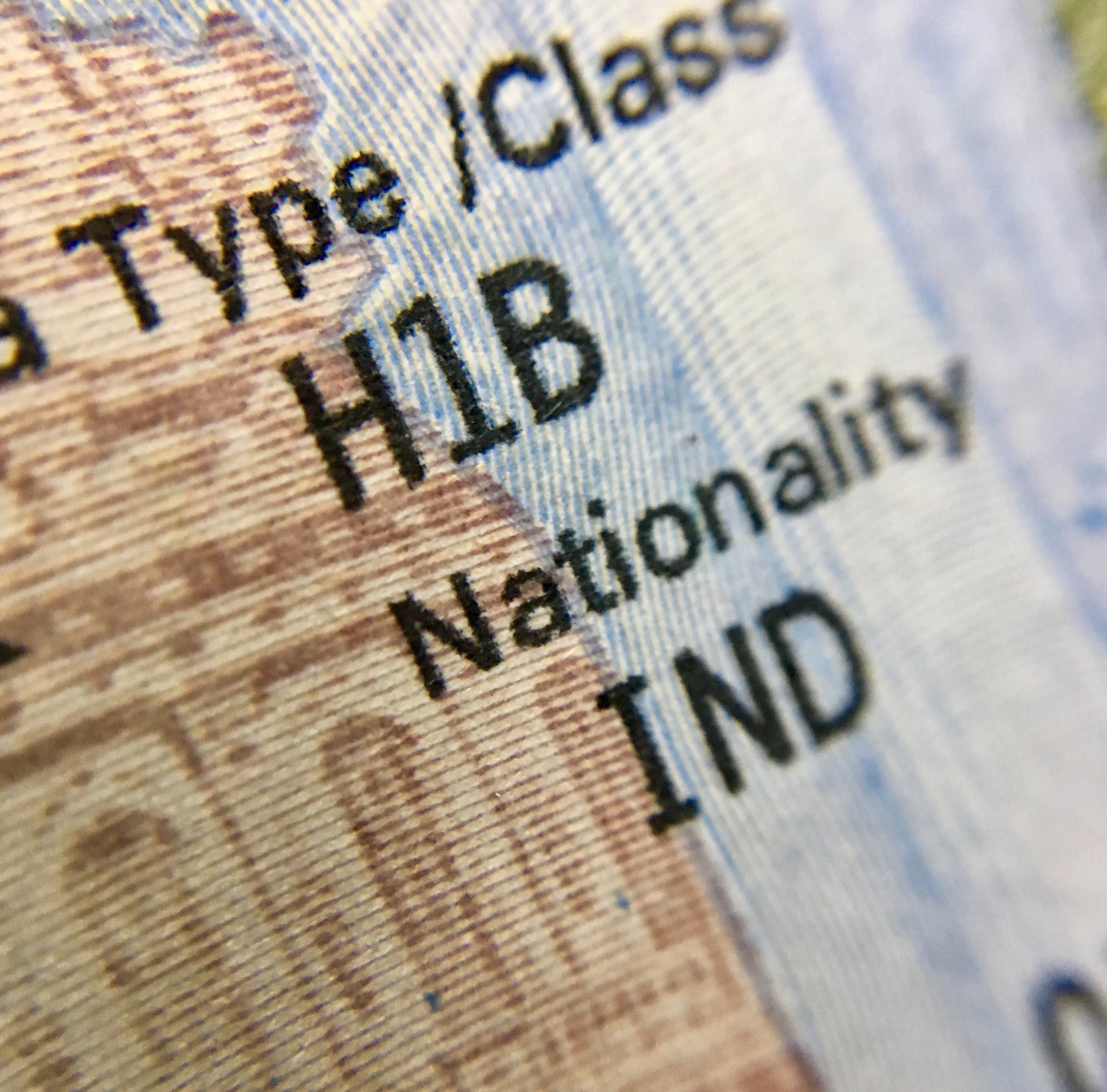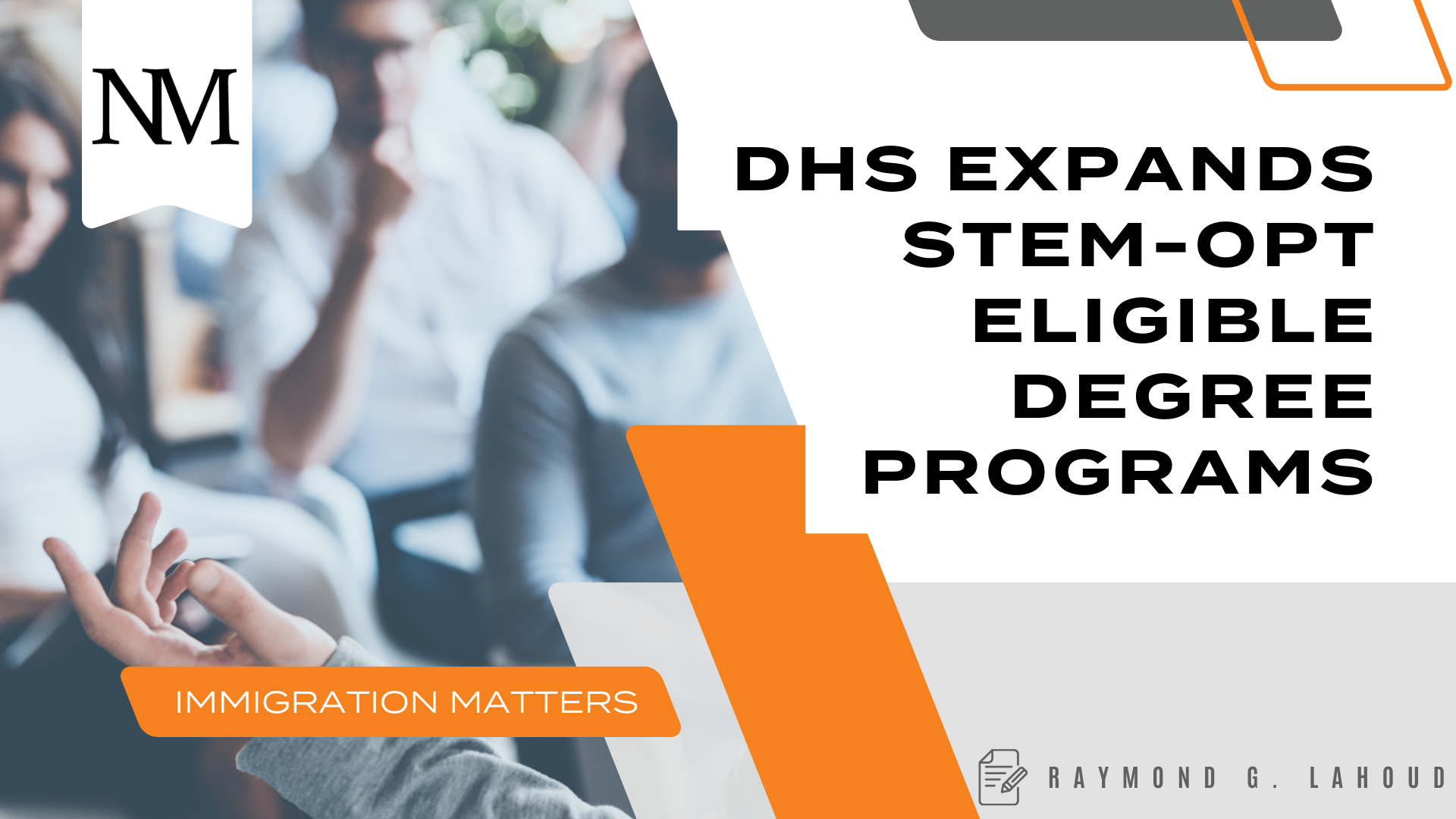Poor U.S. Immigration Policies Push Indian Talent from U.S. to Canada

Outdated immigration policies in the United States are causing a dent in the highly intellectual labor market. The top brains, especially from the Indian sub-continent, are getting tired of the long waits for approval of employment-based permanent residence (green cards). Indian talent is looking for more permanent options in Canada.
The H-1B Visa and International Students
The H-1B is a nonimmigrant visa that allows U.S. employers to hire foreign nationals in specialty occupations when workers with appropriate skill sets are not available within the United States. U.S. technology companies hire the greatest number of skilled workers from India and China every year through the H-1B visa.
The National Foundation for American Policy has released data showing that the number of international students from India enrolled in graduate-level computer science and engineering courses in U.S. universities has declined by 25% between 2016-2017 and 2018-2019.
This decline is substantial for U.S. universities, as 75% of full-time graduate students are international students, two-thirds of whom are from India. And while the number of international students from India declined in the United States, the number in Canada rose from 76,075 in 2016 to 1,72,625 in 2018. This is a 127% increase, as declared by the Canada Bureau for International Education.
Employment-Based Permanent Resident Card
United States Citizenship and Immigration Service (USCIS) approves employment-based green cards based on the per-country limit. This means that each country gets 7% of the green cards issued in each fiscal year. Applicants in the employment-based category are mostly from India and China. Thus, Indians wait for years and sometimes decades for their green card approvals. Frustrated Indians have chosen to move to Canada from the United States, looking forward to a more permanent future.
Executive Director of the National Foundation for American Policy Stuart Anderson estimated that without the Congressional action, the total backlog for all three employment-based permanent resident categories for Indians would increase from an estimated 9,15,497 individuals currently to an estimated 21,95,795 by the fiscal year 2030. “We should let that number sink in: Within a decade, more than 2 million people will be waiting in line for years or even decades for employment-based green cards,” he testified before the House Judiciary Committee-Subcommittee on Immigration and Citizenship.
U.S. Immigration Policies
Highly skilled foreign nationals, including international students, are taking the informed decision of choosing Canada over America. The ease of acquiring temporary work visas for foreign nationals and subsequently acquiring permanent residence in Canada has pushed many foreign nationals to choose Canada.
“The world has changed since 1990, the U.S. immigration policy has not,” Anderson said.
To learn more about this blog post or if you have any other immigration concerns, please feel free to contact me at rglahoud@norris-law.com or (484) 544-0022.




